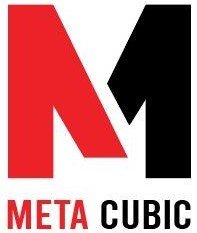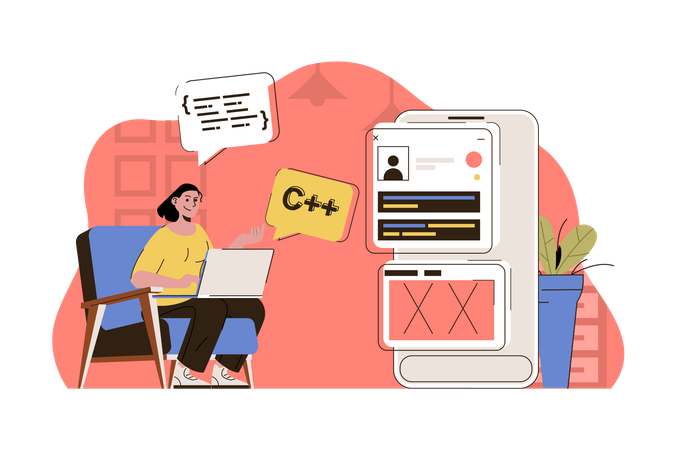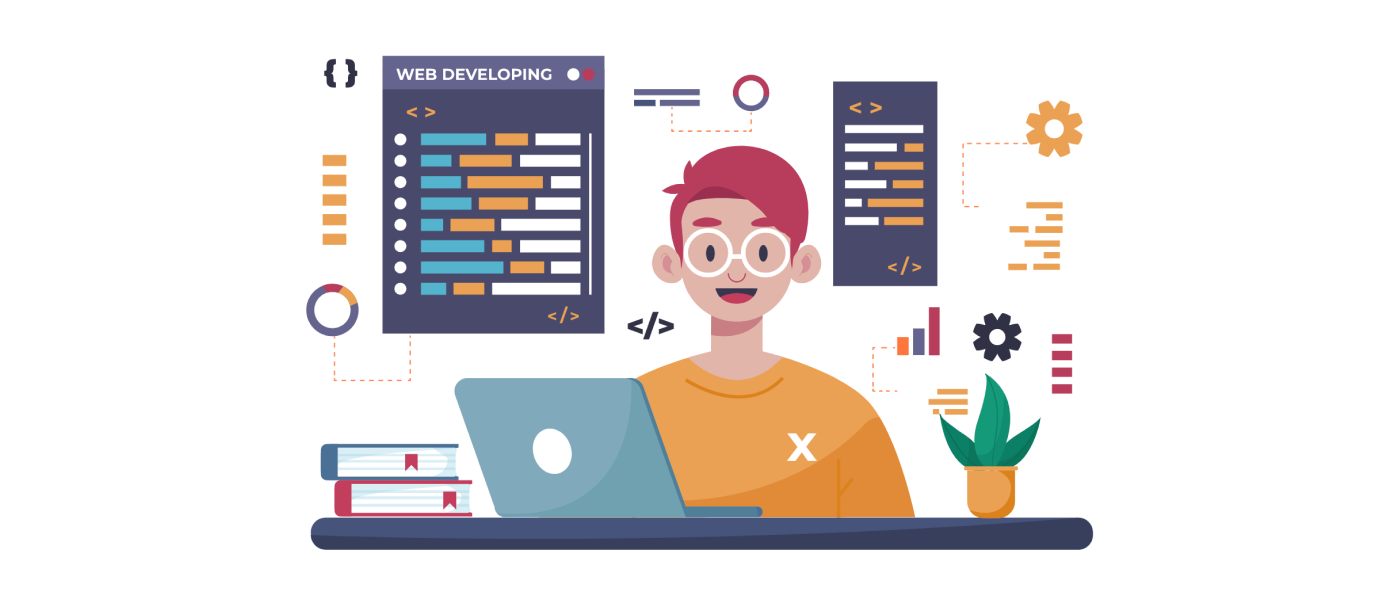Frontend Development: Crafting User Experiences
Crafting User Experiences
In the ever-evolving landscape of web technologies, frontend development stands as the creative force behind user interfaces that captivate and engage. It’s the art and science of making websites not just functional but delightful to use. In this comprehensive guide, we will embark on a journey to explore frontend development, its pivotal role in crafting user experiences, and the tools and best practices that make it shine. By the end of this article, you’ll have a deep appreciation for the magic that happens on the user’s side of the screen.

Introduction to Frontend Development
Frontend development, often referred to as client-side development, is the practice of creating the visual and interactive elements of a website that users see and interact with directly. It encompasses the layout, design, and behavior of a web application or site.
The Role of Frontend Development in Web Technologies
The Bridge Between Design and Functionality
Frontend development acts as a bridge between design and functionality, translating a designer’s vision into a fully functional and aesthetically pleasing user interface.
Evolving with Modern Web Technologies
Frontend development has evolved significantly with the advent of modern web technologies, enabling the creation of responsive, interactive, and feature-rich web applications.
Tools of the Trade
HTML: The Backbone of Web Content
HTML (Hypertext Markup Language) is the foundation of frontend development, providing the structure and content of web pages.
CSS: Styling and Aesthetics
CSS (Cascading Style Sheets) is responsible for styling and aesthetics, allowing developers to control the layout, colors, and typography of web content.
JavaScript: Interactivity and Behavior
JavaScript breathes life into web pages, enabling interactivity, animations, and dynamic behavior that enhance the user experience.
Responsive Web Design
Adapting to Different Devices
Responsive web design ensures that websites look and function well on various devices, from desktop computers to smartphones and tablets.
The Flexibility of CSS Grid and Flexbox
CSS Grid and Flexbox layouts provide flexible and efficient ways to create responsive designs that adapt to different screen sizes.
User-Centric Design
Understanding User Behavior
Frontend developers must understand user behavior and preferences to create intuitive and user-friendly interfaces.
Creating Intuitive User Interfaces
User-centric design principles drive the creation of interfaces that are easy to navigate, ensuring a positive user experience.
Performance Optimization
Efficient Loading and Rendering
Optimizing frontend performance involves minimizing loading times and ensuring smooth rendering of web pages.
Minification and Compression
Frontend developers use minification and compression techniques to reduce file sizes, improving website speed and efficiency.
Browser Compatibility
Cross-Browser Testing
Testing web pages on different browsers ensures compatibility and a consistent user experience across platforms.
Graceful Degradation and Progressive Enhancement
Frontend developers implement strategies like graceful degradation and progressive enhancement to handle varying browser capabilities gracefully.
Accessibility and Inclusivity
Designing for All Users
Frontend developers prioritize accessibility to ensure that web content is usable by individuals with disabilities and inclusive for all.
ARIA Roles and Best Practices
The use of ARIA (Accessible Rich Internet Applications) roles and best practices helps improve accessibility in web applications.
Frontend Frameworks
React: A Component-Based Approach
React, a popular frontend library, follows a component-based approach, making it efficient for building complex user interfaces.
Vue.js: Simplicity and Versatility
Vue.js is known for its simplicity and versatility, making it an excellent choice for both small projects and large-scale applications.
Version Control with Git
Collaboration and Code Management
Git is a version control system that enables collaboration among developers and efficient code management.
GitHub and GitLab
GitHub and GitLab are popular platforms for hosting Git repositories and facilitating collaborative development.
Build Tools and Task Runners
Webpack, Babel, and Beyond
Build tools like Webpack and transpilers like Babel automate tasks such as bundling, minification, and code compilation.
Automating Repetitive Tasks
Task runners like Gulp and Grunt automate repetitive tasks in the development workflow, increasing efficiency.
Testing and Debugging
Unit Testing and Test-Driven Development (TDD)
Unit testing and Test-Driven Development (TDD) ensure the reliability and quality of frontend code.
Debugging Tools and Techniques
Frontend developers employ debugging tools and techniques to identify and resolve issues in code efficiently.
Continuous Integration and Deployment (CI/CD)
Ensuring Code Quality
Continuous Integration (CI) and Continuous Deployment (CD) pipelines ensure code quality and streamline the deployment process.
Streamlining Deployment
CI/CD practices allow frontend developers to deploy changes to production quickly and reliably.
Frontend Trends and Future Directions
Stay up-to-date with emerging frontend trends and technologies, such as serverless architecture, WebAssembly, and Progressive Web Apps (PWAs).
Conclusion: Crafting User Experiences
Frontend development is the art of crafting user experiences that are not just functional but delightful. It requires a deep understanding of design principles, user behavior, and the ever-evolving landscape of web technologies. As a frontend developer, you have the power to create digital experiences that leave a lasting impression on users. Keep exploring, learning, and pushing the boundaries of frontend development to craft user experiences that stand out in the digital world.





